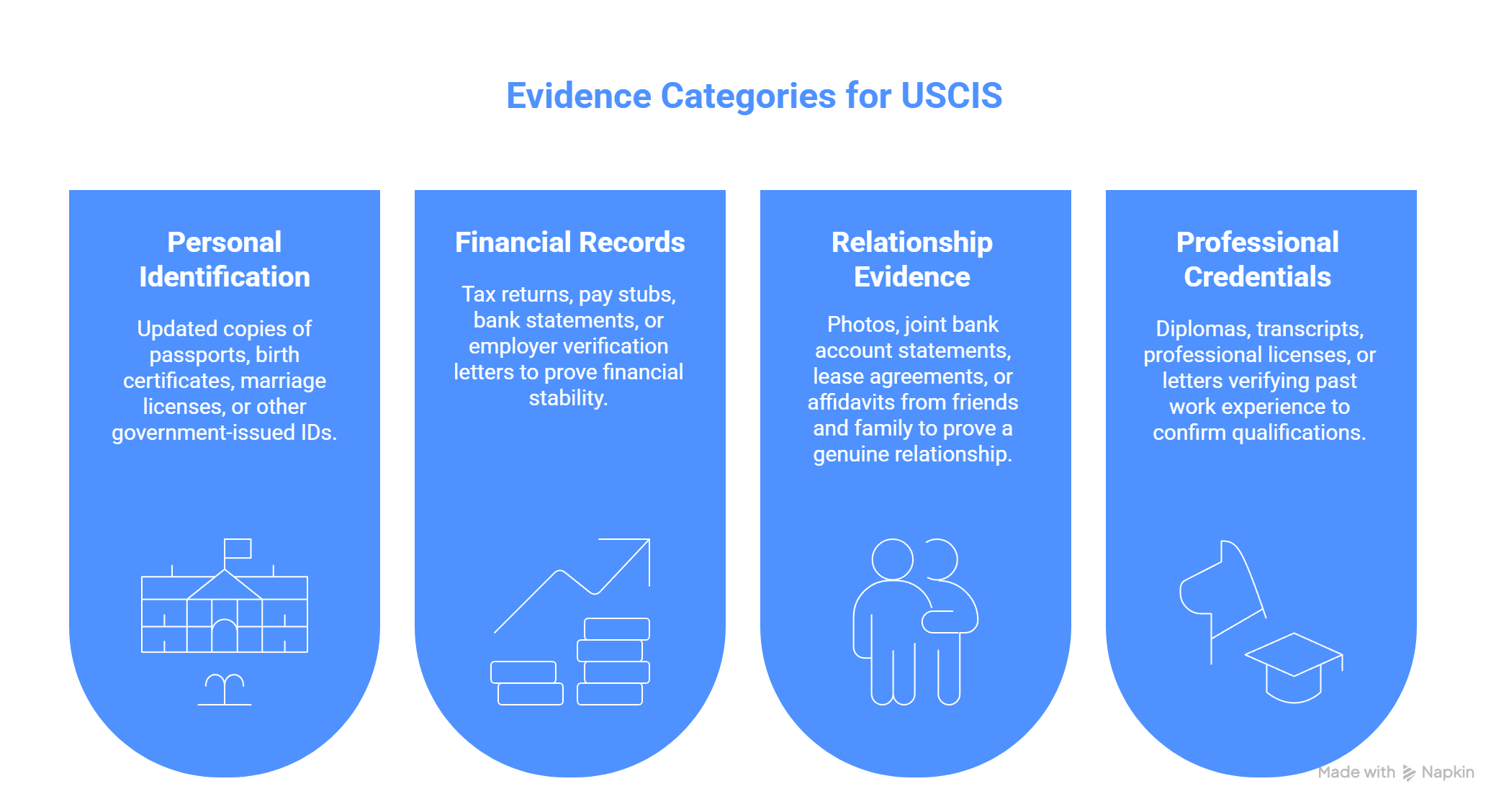--------- USCIS Request for Evidence Explained: What It Means and How to Respond
Sep 11, 2025
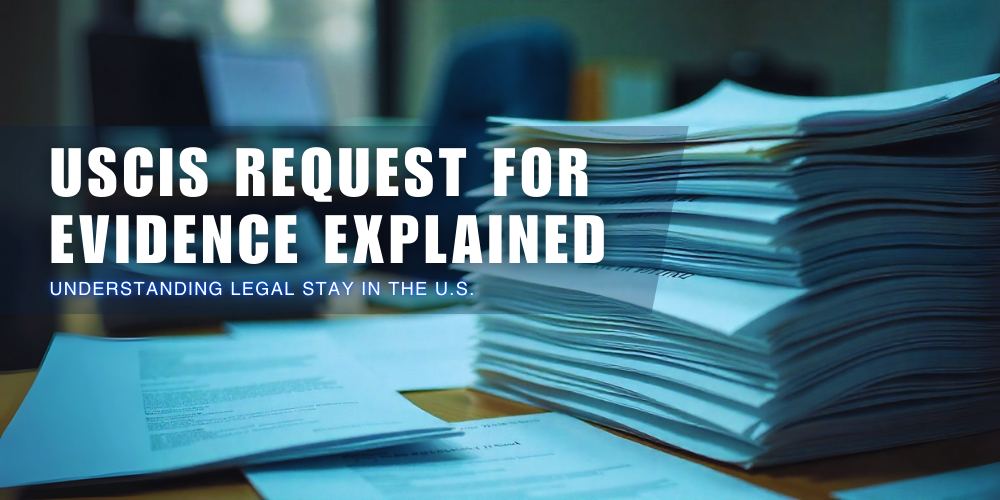
Few things make your heart sink like seeing an official envelope from U.S. Citizenship and Immigration Services (USCIS) in your mailbox. For many applicants, the first thought is: Did something go wrong? The anxiety is understandable—immigration paperwork is complex, and the stakes are high.
But not every letter from USCIS is bad news. Sometimes, it’s a Request for Evidence (RFE). In plain terms, an RFE is USCIS’s way of saying: “We’re reviewing your application, but we need a bit more proof before we can decide.”
This article will walk you through exactly what an RFE means, why USCIS issues them, and—most importantly—how you can respond in a way that keeps your case moving forward.
What is a USCIS Request for Evidence (RFE)?
A Request for Evidence (RFE) is a formal notice sent by USCIS when the agency decides it doesn’t have enough information to approve your application as it stands. Instead of outright denying your case, USCIS is allowing you to provide additional documents or clarify details.
Think of it as a checkpoint, not a dead end. An RFE does not mean your application has been rejected—it means USCIS wants to verify certain facts before moving ahead.
That said, timing and accuracy are critical. USCIS sets strict deadlines for responding to an RFE, and missing that window can lead to a denial. Providing the requested evidence promptly, clearly, and completely is essential to keeping your case alive and improving your chances of approval.
Common Reasons USCIS Issues an RFE
While every case is unique, there are a few common triggers that lead USCIS to issue a Request for Evidence:
- Missing Initial Evidence
Sometimes applicants forget to include key documents when filing, such as a birth certificate, marriage license, or employment verification. Even a small omission can prompt USCIS to pause and ask for what’s missing. - Inconsistencies in the Application
If the details in your forms and supporting documents don’t line up—for example, different employment dates, mismatched addresses, or discrepancies in names—USCIS may issue an RFE to clear up the confusion. - Need for Further Proof of Eligibility
In some cases, the evidence you provided isn’t quite enough to establish eligibility. USCIS may request more robust documentation, such as additional financial records, proof of a genuine marital relationship, or verification of work history. - Outdated or Insufficient Documentation
Submitting expired forms, old financial records, or unclear copies can weaken your application. USCIS might ask for updated or more legible documents to meet their standards.
What Does Receiving an RFE Really Mean for Your Case?
Getting an RFE can feel discouraging, but it’s important to understand its real significance. An RFE is not a denial. Instead, it’s USCIS’s way of giving you a chance to strengthen your case before they make a final decision.
It also signals that your petition is actively being reviewed—but the officer needs more clarity to proceed. This is actually good news: it means your application hasn’t been set aside or dismissed; it’s still in play.
Most importantly, an RFE should be seen as an opportunity, not a roadblock. By responding thoroughly and on time, you can turn a moment of uncertainty into a stronger case—and often, the difference between a denial and an approval comes down to how well you handle that RFE.
Types of Evidence USCIS May Request
The type of evidence USCIS asks for depends on the application you filed and the issues the officer spotted during review. Some of the most common categories include:
- Personal Identification Documents
USCIS may ask for updated or certified copies of passports, birth certificates, marriage licenses, or other government-issued IDs to confirm your identity and eligibility. - Financial or Employment Records
If your petition involves proving financial stability or employment authorization, expect requests for tax returns, pay stubs, bank statements, or employer verification letters. - Relationship Evidence (for Family or Fiancé Cases)
Marriage- and fiancé-based applications often require additional proof that the relationship is genuine. This could include photos, joint bank account statements, lease agreements, or affidavits from friends and family. - Professional Credentials, Licenses, or Educational Documents
Employment-based petitions may trigger RFEs if USCIS needs further confirmation of your qualifications. This might involve submitting diplomas, transcripts, professional licenses, or letters verifying past work experience.
How to Respond to an RFE Properly
Getting an RFE can feel stressful, but your response can make all the difference. Here’s how to approach it step by step:
- Read the Notice Carefully
Don’t skim. RFEs spell out exactly what USCIS needs and why. Understanding the request fully is the first step toward preparing a strong response. - Follow USCIS Instructions Word for Word
USCIS outlines specific requirements for how documents should be provided. Make sure you stick to those guidelines—ignoring them could delay or jeopardize your case. - Gather and Organize Requested Evidence
Collect the documents systematically, label them clearly, and ensure they directly address what USCIS is asking for. Organized submissions make it easier for officers to review your case quickly and favorably. - Meet Deadlines — The RFE Response Date Matters
Every RFE comes with a strict deadline. Missing it usually results in denial. Aim to send your response well before the due date to avoid last-minute issues. - Seek Legal Help if the Case is Complex
If you’re unsure how to respond or if the stakes are particularly high, consulting an immigration attorney can be invaluable. A professional can help craft a tailored response that strengthens your case.
Mistakes to Avoid When Responding to an RFE
Responding to an RFE isn’t just about sending something back—it’s about sending the right evidence in the right way. These are the most common missteps that can hurt your chances:
- Ignoring the Notice or Missing the Deadline
This is the fastest way to lose your case. USCIS treats missed deadlines as if you abandoned your application, which usually leads to denial. - Sending Incomplete or Irrelevant Documents
Submitting only part of what’s requested—or sending documents that don’t actually address USCIS’s questions—weakens your response and may cause delays or denials. - Overloading USCIS with Unnecessary Paperwork
More is not always better. If you bury the officer under stacks of unrelated or repetitive evidence, it may frustrate rather than clarify. - Assuming One-Size-Fits-All Evidence is Enough
Each case is different. Evidence that worked for someone else might not be sufficient for your situation. Tailor your response to exactly what USCIS is asking for.
The Impact of Your RFE Response on Case Outcome
The quality of your RFE response often determines the future of your application. Here’s why it matters:
- A Strong Response Can Lead to Approval
When you provide clear, well-organized, and relevant evidence, you give USCIS exactly what they need to approve your case. An RFE is essentially your chance to seal the deal. - Risks of Weak or Late Responses
Submitting sloppy, incomplete, or late evidence can seriously hurt your chances. In many cases, it leads directly to denial—even if you were otherwise eligible. - Possible Outcomes
After reviewing your RFE response, USCIS may:- Approve your petition.
- Deny your case if the response is insufficient.
- Issue another request if more clarification is still needed.
Ultimately, how you handle your RFE can mean the difference between moving forward with your immigration process or starting over from scratch.
Tips to Prevent Getting an RFE in the First Place
While you can’t always avoid an RFE, there are smart steps you can take to lower the chances:
- Submit Complete Applications with Initial Evidence
From the start, include all required supporting documents. Think of it as building your strongest case upfront. - Double-Check USCIS Forms and Guidelines
Small mistakes—like missing signatures, outdated forms, or skipped fields—can trigger unnecessary RFEs. Carefully review each form against USCIS instructions before filing. - Keep Records Updated and Accurate
Make sure financial documents, identification records, and employment history are current and consistent. Outdated or mismatched information is a common red flag. - Consider a Professional Review Before Submission
An immigration attorney or accredited representative can spot weak points and help you prepare a complete application package that minimizes the risk of RFEs.
Conclusion
Receiving a Request for Evidence may feel stressful, but it’s important to remember: an RFE is not a rejection—it’s a second chance. USCIS is essentially saying they’re willing to consider your case if you provide the missing or clarifying information.
The key is to stay proactive, organized, and attentive to deadlines. And if the process feels overwhelming, don’t hesitate to seek expert guidance. With the right response strategy, you can turn an RFE into an opportunity to strengthen your case and move one step closer to approval.
Frequently Asked Questions (FAQ)
1. Does getting an RFE mean my case will be denied?
No. An RFE simply means USCIS needs more information before making a decision. If you respond thoroughly and on time, your case still has a strong chance of approval.
2. How much time do I have to respond to an RFE?
USCIS sets a strict deadline in the RFE notice, usually between 30 and 90 days. Always check the exact date in your notice and aim to respond well before the deadline.
3. Can I submit extra documents that USCIS didn’t specifically ask for?
Yes, but only if they support the issues raised in the RFE. Avoid overwhelming USCIS with unrelated paperwork—focus on providing clear, relevant evidence.
4. What happens if I miss the RFE deadline?
If you miss the deadline, USCIS will generally deny your application. That’s why timely submission is critical.
5. Should I hire an attorney to help with an RFE?
It’s not required, but legal help can be very valuable, especially in complex cases. An attorney can make sure your response addresses every issue and strengthens your petition.
Recent Articles

How Long Does a TN Visa Extension Take in 2025?
Time — it’s the one thing every TN professional learns to respect. Whether you’re an engi
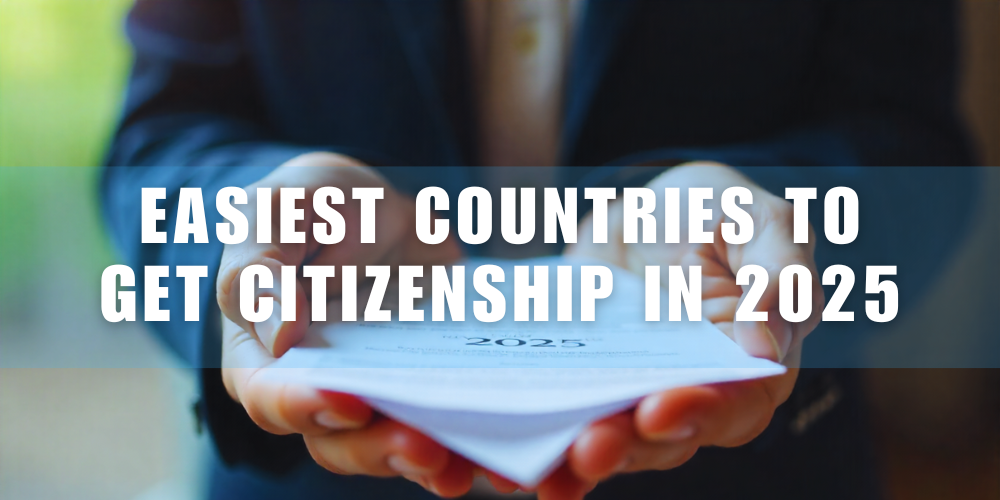
The Easiest Countries to Get Citizenship in 2025: Fast Tracks, Smart Moves, and Hidden Shortcuts
In 2025, the idea of belonging to just one nation feels almost quaint. As the world continues to shr
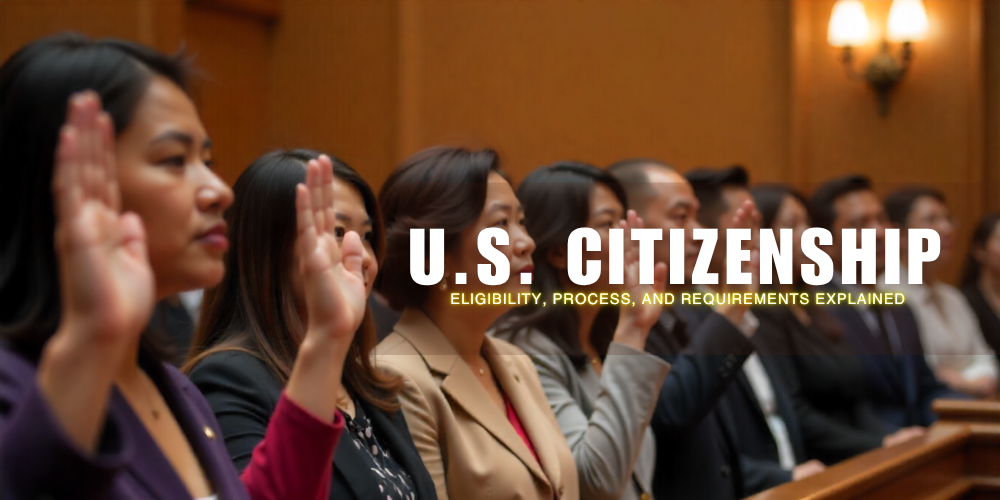
U.S. Citizenship Made Simple: Eligibility, Process, and Requirements Explained
For many, U.S. citizenship is more than just a passport—it’s a gateway to stability, opportunity
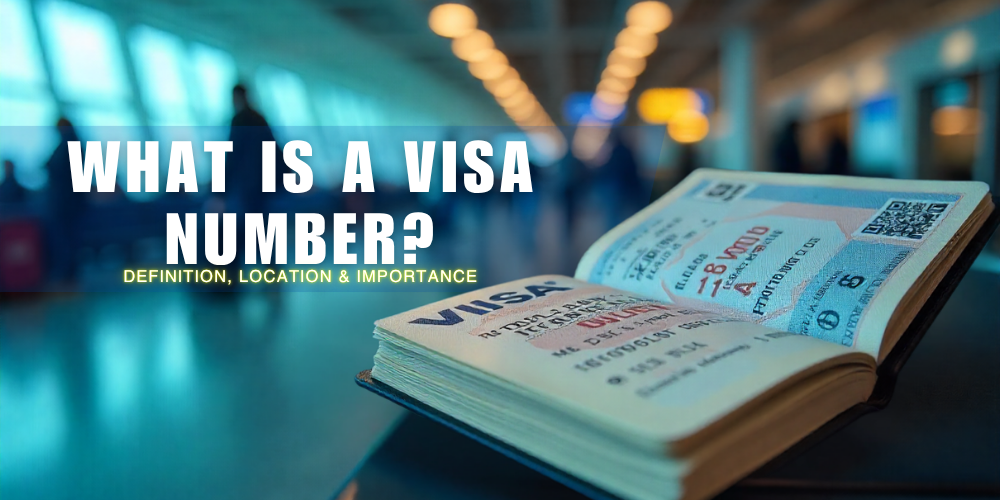
What Is a Visa Number? Definition, Location & Importance
Look closely at your U.S. visa and you’ll notice a small red number tucked away in the corner. Eas
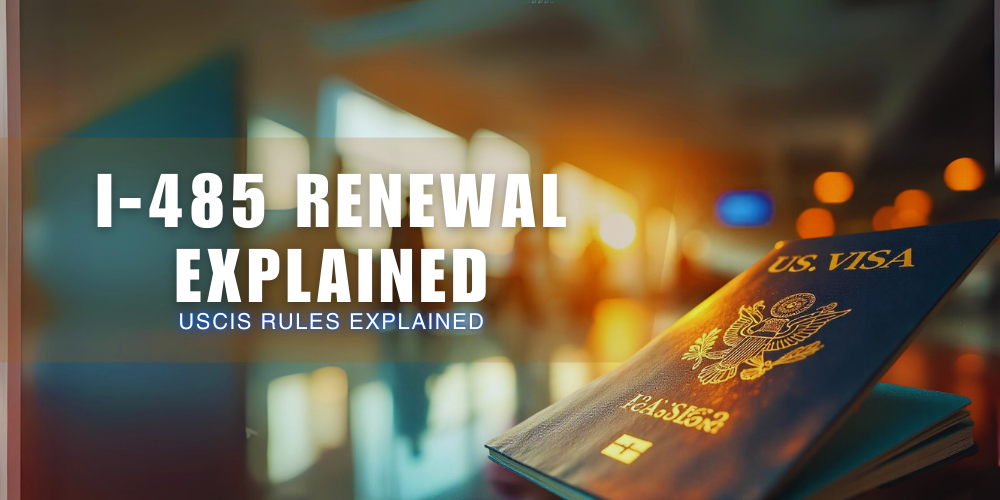
I-485 Renewal Explained: Why You Can’t Renew Form I-485 (and What to Do Instead)
When it comes to U.S. immigration paperwork, few forms spark as much confusion as the I-485. A commo
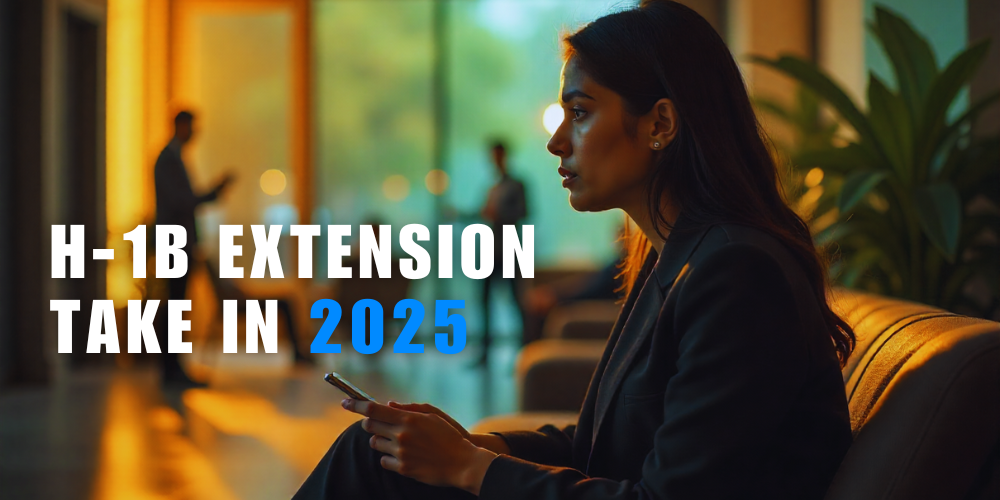
How Long Does an H-1B Extension Take in 2025? Processing Times Explained
For thousands of skilled professionals in the United States, the H-1B visa isn’t just a work permi
Read More

How Long Does a TN Visa Extension Take in 2025?

The Easiest Countries to Get Citizenship in 2025: Fast Tracks, Smart Moves, and Hidden Shortcuts

U.S. Citizenship Made Simple: Eligibility, Process, and Requirements Explained

What Is a Visa Number? Definition, Location & Importance

I-485 Renewal Explained: Why You Can’t Renew Form I-485 (and What to Do Instead)

How Long Does an H-1B Extension Take in 2025? Processing Times Explained

Welcome to the VisaTravel blog. We know that navigating the maze of visa applications and online forms can be as tricky as choosing the perfect travel playlist (which is all we want you worrying about anyway).
Throughout our years of experience, though, we’ve uncovered a mountain of knowledge which, via this blog, we’re sharing with you! Whether you're diving into the world of travel visas, wondering about the ESTA online hustle, or just trying to figure out the DS160 form, think of us as your online concierge, here to make the process easy and most of all, clear.
At this point in our global context, who has time for endless paperwork and confusing legal jargon? No one. That's why we're all about spilling the tea on online visa hacks, easier-to-work-with DS160 forms, and giving you tips on everything from tourist visas to immigration, to that last-minute ESTA online adventure.
So, just plug in a word you’re curious about on the search bar, and boom. We've got the tips, tricks, and insider info to help you (and anyone else you may be traveling with) get to your travel destination with the confidence of a seasoned traveler.
Now go explore!
 U.S. Visa
U.S. Visa
 Canada eTA
Canada eTA
 Schengen Visa
Schengen Visa
 New Zealand eTA
New Zealand eTA
 United Kingdom eTA
United Kingdom eTA
 Australia eVisitor
Australia eVisitor
 Vietnam eVisa
Vietnam eVisa
 Egypt eVisa
Egypt eVisa
 Singapore Arrival Card
Singapore Arrival Card
 Sri Lanka eVisa
Sri Lanka eVisa



